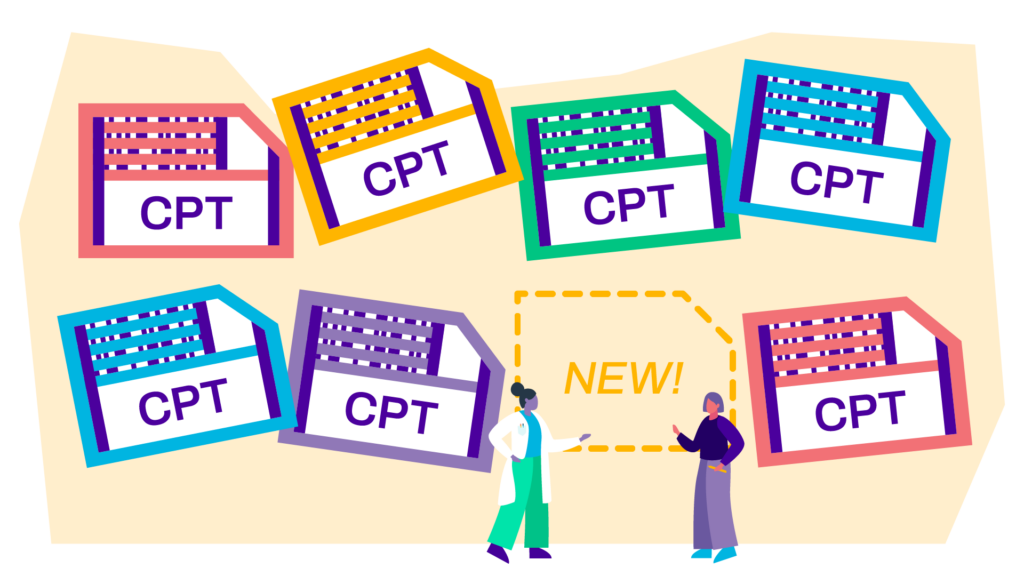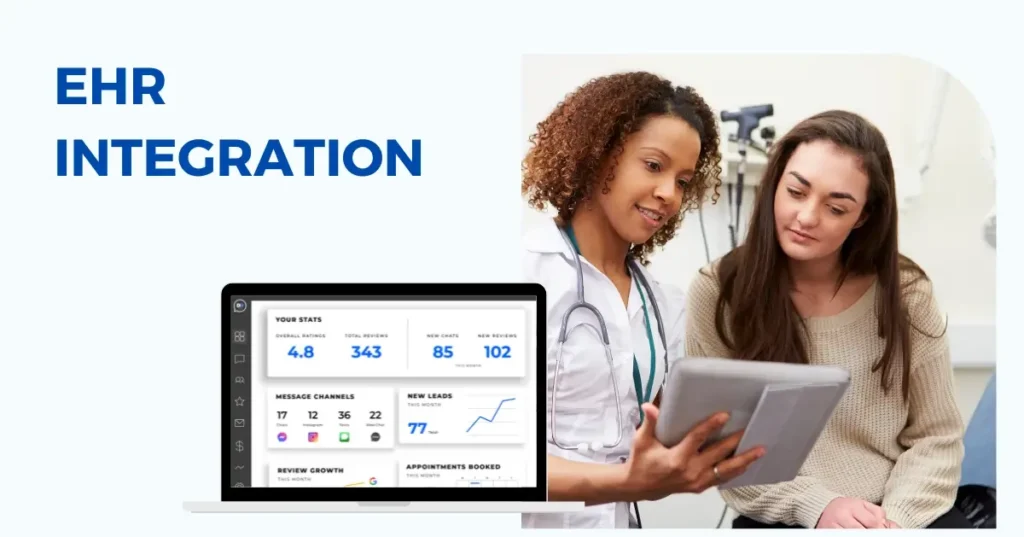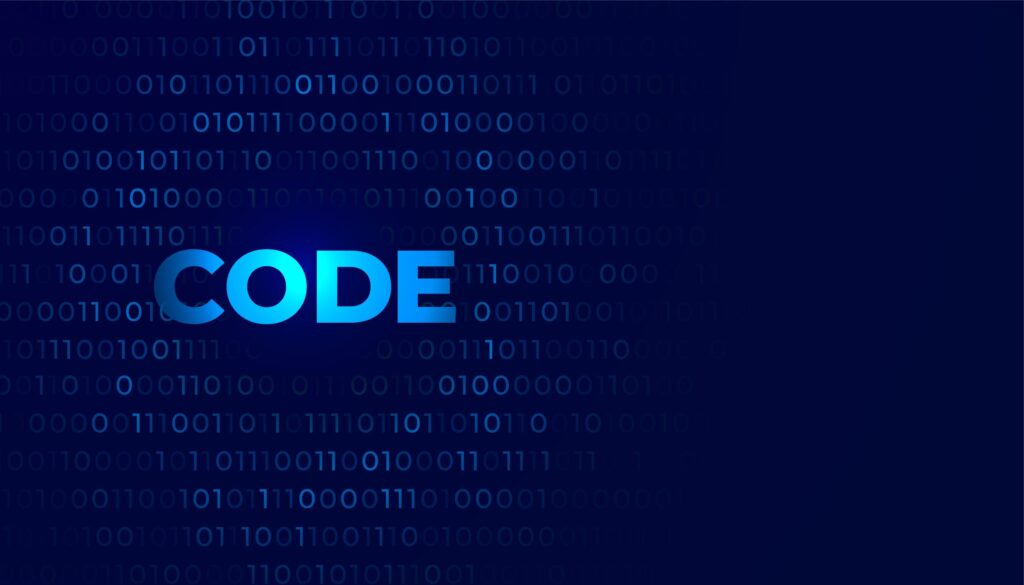Healthcare is at the forefront of a digital revolution, promising streamlined operations, optimized revenues, and improved patient care through integrated technologies. At the heart of this transformation lies an unsung hero that few pause to recognize—the ubiquitous yet truly essential CPT code lookup.
Far more than a mundane back-office function, seamless CPT code lookup in modern healthcare software interweaves critical workflows, safeguards compliant operations, and paves the way for next-gen analytics. As we traverse the landscape of technological possibilities strengthening healthcare, it becomes imperative to illuminate the central role of accurate and integrated CPT code lookup solutions.
Streamlining Clinical Workflows with Integrated CPT Lookup

Source: streamlinehealth.net
It’s well-recognized that the responsibilities of healthcare staff are growing exponentially. Yet over 50% of administrative time spent on tasks like phone calls and paperwork offers little clinical value. Integrated CPT code lookup free tool alleviates this burden by directly interfacing visit notes or diagnostic entries with precise codes.
This seamless integration within EHR systems eliminates the need for complex manual processes, streamlining everything from referrals and authorizations to analytics-driven decision support. The impact is profound, with some institutions reporting up to 30% efficiency gains. Staff availability for patient interaction simultaneously increases, translating into elevated experiences and outcomes.
As emerging touchpoints like virtual visits and remote monitoring permeate care delivery, the ability to capture and integrate coded data becomes pivotal. Advancing technologies allow CPT codes to permeate workflows – the key lies in unified implementation.
Bolstering Revenues through Accurate CPT Lookup
If clinical optimization constitutes one pillar of progress, the symbiotic pillar of fiscal health through meticulous CPT coding bears equal importance. Given that miscommunications in CPT codes lead to medical billing errors, it’s accurate to state that coding directly impacts revenue.
Mistakes due to inaccurate code lookup catalyze claim denials, devastating revenue for mid-sized hospitals. Such outcomes warrant serious rumination into existing coding pathways. Modern healthcare software eradicates ambiguity through tailored decision-support prompts, where the right codes appear alongside diagnostic actions.
Supported by real-world success metrics in reducing claim denials, implementing structured CPT lookup safeguards revenue integrity. The case for change through technologies advancing seamless coding processes has truly never been stronger.
As healthcare grows increasingly analytics-reliant and value-focused, Billing accuracy forms the launchpad for everything from personalized treatment to population health interventions. Hence in both operations and strategy, impeccable coding lies at the nucleus – a fact that deserves amplification.
Technological Solutions Advancing Integrated CPT Lookup
Considering the profound impact of seamless CPT code lookup on healthcare delivery and economics, the innovations driving this transformation merit exploration. Two capabilities spearheading change include:
Robust EHR System Integration

Source: demandhub.co
Top EHR systems today provide built-in CPT coding interfaces alongside decision prompts. Facilities leveraging such integration gain an edge through reduced administrative time and near-eliminated claim denial rates.
Studies indicate that healthcare centers integrating code lookup within EHR platforms and practice management software see drops in inaccuracies causing claim rejections. Therefore, for optimal outcomes, unified coding environments that leverage advancing functionalities are pivotal.
AI-Powered Coding Assistance
Artificial Intelligence has permeated most healthcare realms already, now poised to disrupt coding as well. AI-based coding tools analyze chart narratives to extract contextual details, using natural language processing for a recommendation of suitable codes. Machine learning allows continuous refinement, with some tools demonstrating over 90% precision.
AI-based code lookup solutions instantaneously match diagnoses with codes and identify relevant modifiers, mitigating errors and enhancing workflow efficiency. With pilot studies evidencing 40% improvements In coding accuracy, AI integration reflects another high-value opportunity in empowering staff while preventing revenue erosion.
Thus technology, especially AI, promises to inject new efficacy into CPT coding – the window to actualize this transformation stands widely open.
Overcoming Challenges in CPT Code Lookup
The prevalence of CPT codes in research papers underscores the need for robust CPT Code lookup. Source: National Library of Medicine
Despite the criticality of sound CPT coding, most care facilities grapple with obstacles undermining accuracy and interoperability.
Addressing Common Coding Pitfalls

Source: mednetinc.com
A major challenge lies in the complexity of the coding system itself. Spanning over 190,000 codes, the CPT dictionary remains dense and intricate for most care providers without specialized training. Moreover, codes see frequent revisions by entities like AMA and CMS – already-stretched medical coders struggle to stay abreast amidst competing priorities.
Providers face difficulties with CPT coding compliance involving claim denials and RAC audits. Such challenges magnify with value-based models, warranting urgent attention.
Ensuring Updated CPT Knowledge
As enhancing technology deconstructs several barriers around efficiency, another pivotal need lies in equipping staff with skills central to coding. This warrants robust training programs covering the newest code introductions alongside modifications to existing codes.
Ongoing education drives an increased improvement in coding accuracy while proactively insulating against pitfalls. With frequent changes by governing agencies, continuous learning is non-negotiable – the good news is leading medical coder certification programs are aligning education with evolving needs.
Thus a dual-pronged approach encompassing both system improvements and human empowerment is instrumental in overcoming coding challenges.
The Future with Seamless CPT Code Lookup
Having mapped milestones crossed and challenges overcome, what possibilities does the future hold for integrated coding in healthcare? Two technologies positively disruptive to the status quo warrant a closer look.
Predictive Coding through Analytics

Source: fronetics.com
Transitioning from reactive to predictive is fundamental across healthcare – population analytics giant Optum forecasts up to 20% additional reduction in physician coding time over the next 5 years by pre-populating the highest probability codes. As AI models codify intelligence, predictive coding could become standard.
Remote Care Platform Integration
Telehealth adoption has skyrocketed post-pandemic, with most US health systems fast integrating virtual visits into mainstream practice. This indispensable channel warrants interoperability with coding infrastructure. Already pioneer platforms enable embedded coding workflows, ensuring accurate claims submission.
Integrated coding on remote care apps is forecast to grow over 35% through 2026. With newer use cases spanning chronic care and remote patient monitoring, platforms enabling coding present unmatched value.
Thus from analytics to telehealth and beyond, technology continues to reshape coding possibilities – the opportunity lies in harnessing this potential early on.
Frequently Asked Questions (FAQs)
Is CPT code lookup only relevant for billing purposes?
While CPT code lookup is crucial for billing purposes, its relevance extends beyond billing. Accurate coding is essential for medical documentation, insurance claims, and regulatory compliance. It contributes to transparent communication between healthcare providers, insurers, and other stakeholders involved in the healthcare ecosystem.
How can healthcare software developers improve the user experience of CPT code lookup features?
Healthcare software developers can enhance the user experience of CPT code lookup features by prioritizing simplicity, integrating intelligent search functionalities, and providing real-time code suggestions. Creating user-friendly interfaces, and intuitive designs, and ensuring seamless integration with existing workflows contribute to an enhanced user experience.
Are there specific regulations governing CPT code usage in healthcare software?
Yes, the American Medical Association (AMA) maintains the Current Procedural Terminology (CPT) code set, and its usage is subject to licensing agreements. Healthcare software developers need to comply with these regulations and obtain the necessary licenses to incorporate and use CPT codes in their software.
The Bottom Line

Source: everestar.com
As healthcare progresses on its modernization trajectory, seamlessly integrated CPT code lookup constitutes the crown jewel empowering this passage. The central role of precise coding in elevating efficiency, accuracy, and care standards necessitates the keen attention of industry forerunners toward adopting leading-edge innovations in this space.
Prioritizing a holistic coding environment that encompasses both human skill-building and software integration paves the way for overcoming challenges. With emerging use cases like AI and telehealth changing game rules, the possibilities appear endless – as long as the criticality of sound coding retains the spotlight across healthcare systems strategizing for future readiness.



